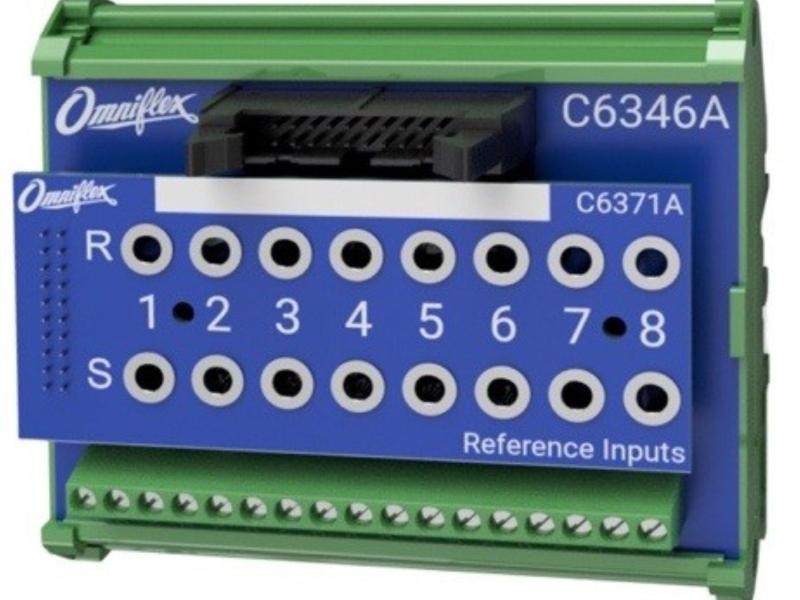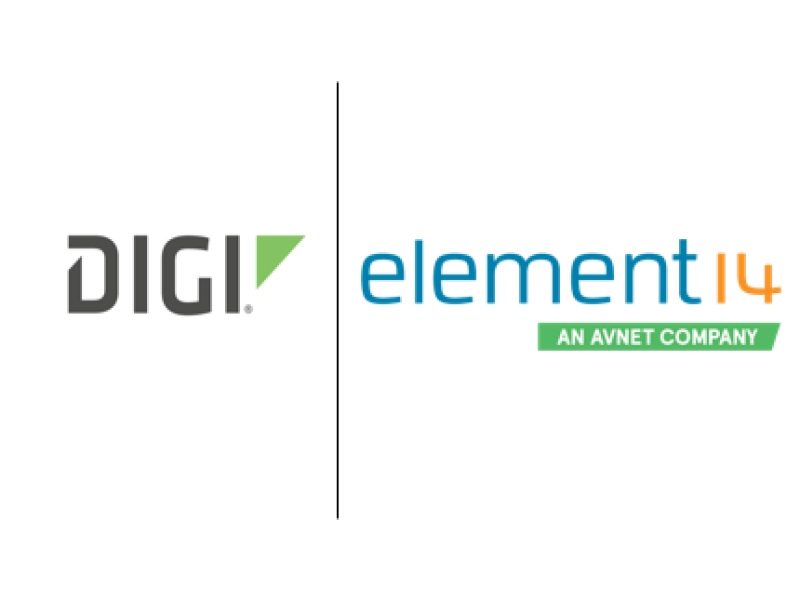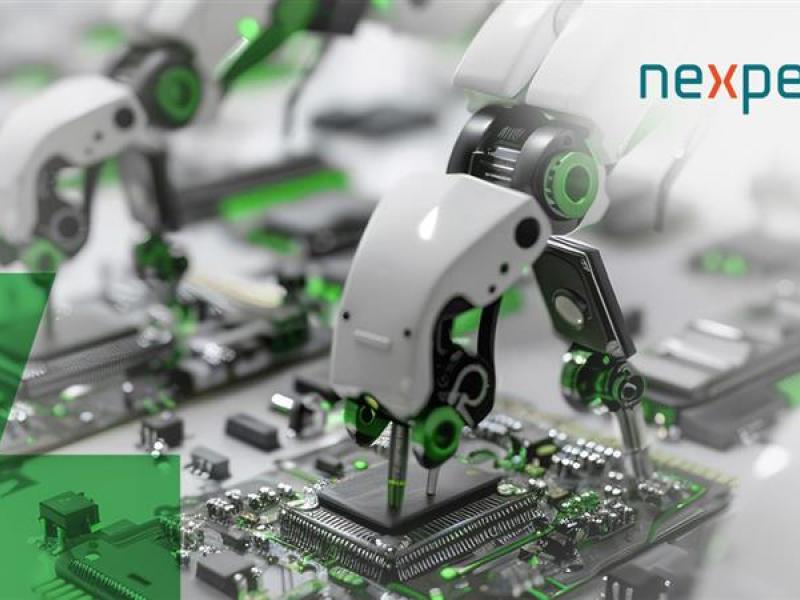It dawns on more and more businesses that by swapping their existing lighting for more energy-efficient solutions they can save some serious money. But there are more benefits in store for those who swap, as editor Stefan Richter learned from Grant Simpson, PowerSave Light Company’s Director.
Being able to spot the personal hygiene habits of trespassers might not be the first thing that comes to mind when talking about the advantages of various lighting products. “The daylight colour of our lamps constitutes a big benefit for the utilisation of CCTV systems,” explains Grant Simpson, Director of the Albany-based company. “In fact one of our customers, who had previously installed some of our floodlights, told us that they had had an intruder on their premises, and that the images of this unwanted visitor captured by the surveillance camera had been so sharp they were actually able to see he hadn’t had a shave in the morning. This report might have been a little exaggerated, but they basically wanted to let us know the object definition of their CCTV-generated footage has improved big-time since utilising our lamps. And that’s why they had ordered our products in the first place.” To the majority of PowerSave Light Company’s customers, however, another benefit of the highly energy-efficient industrial and commercial lights and fittings is probably far more important: the massive electricity cost savings of up to 50 percent and more.
“Since my partner Warwick Wilkinson and I took over the company six years ago, we’ve kept our product range quite narrow,” says Grant. “We mainly focus on industrial lighting, and also offer some products for commercial applications such as schools, hotels, retail and offices. Our approach is to be able to provide customers with all the types of lighting that can be found on an industrial site.” This includes highbays and lowbays for factories and warehouses, floodlights for security, signage illumination, car parks and loading bays, bulkheads and self-ballasted lamps. The latter are suitable for both new installations and replacement of conventional HID and incandescent lights. “PowerSave Light Company covers about 98 percent of the lighting which is necessary to outfit industrial applications. We provide either a completely new product or the lamp and control gear to retrofit into existing highbay, lowbay and floodlight fittings.”
Since the economy has become more challenging for businesses, Grant has been observing a growing focus on finding ways to reduce costs and expenses. “All a lighting system does is illuminate an area and enable a company’s staff to do their work productively and accurately. The question is: Why not cut the cost of doing that in half? Many of our customers are quite surprised when they learn how much they can actually save by using our energy-efficient products and still get a similar light output,” says Grant. “Our main business in NZ is replacing existing 400W highbays. A 400W lamp including control gear runs at about 450W, whereas the PowerSave unit only consumes 200W. At an industrial site that operates 24/7 you can save around $330 dollars per light, per year.”
Cutting the power bill
Among the many companies which have tapped the huge energy saving potential is New Zealand Post. When the lighting at the North Harbour courier depot was upgraded, PowerSave 200W high intensity fluorescent (HIF) highbays replaced the conventional 400W HID lighting and turned out to consume less than half the energy. As a result there has been a roll-out across the depots countrywide. Another example is Metal Skills, a leading contract manufacturer of sheet metal products. Because the company had already made good experiences with PowerSave Light Company’s highbay fittings in their previous East Tamaki building, they wanted the same system in their new premises. Metal Skills’ director Graeme Bartlett reports, “The end result is our lighting will use less than half the power of a typical factory/warehouse. For us it means we can redirect the $30,000 saved into other areas that will add value.”
Money can also be saved by replacing conventional floodlights with more energy-efficient units. “A 65W compact fluorescent light, or CFL, will typically replace a 250W high-intensity discharge (HID) lamp, and the 120W CFL will replace a conventional 400W metal halide or 500W halogen lamp,” explains Grant. “In both cases the CFLs will return electricity savings of better than 70 percent. The (separated) electronic ballasts used in our EnergySaver floodlights are also extremely efficient with a start-up draw of just 0.5 Amps compared to 4 Amps with conventional wire-wound ballasts.”
AHI Roofing’s lighting upgrade encompassed not only floodlighting, but also new aluminium highbays, prismatic highbays retro-fitted with PowerSave components, new and retrofitted lowbays. Martin Bliss, Roof Tile Group project engineer reports around $35,000 in annual savings and adds, “The theoretical payback period for power savings has been around two years including the installation costs. If all our lights were running 24/7 the payback period would be even less on average.” PowerSave Light Company’s Grant Simpson is convinced that a 24h operating business can achieve a payback period as low as seven or eight months. “We find that our clients consider payback periods of less than two years a good threshold that justifies the change to our energy-efficient lighting.”
Swapping to PowerSave lights is also very quick and therefore inexpensive. Highbays for example come with a power cord and plug and merely require a chain to attach to the hanging hook before plug and play. A scissor lift trundling down a warehouse aisle requires ten minutes to swap a highbay.
Feeling more comfortable
That the quality of the light produced by the energy-efficient lighting is beneficial for the use of CCTV systems has already been mentioned. Grant: “PowerSave lamps come with a colour temperature of 6400K, and that’s the quality of light you have on a sunny day. This can have an amazing impact on staff’s well-being.”
“With the white colour of the PowerSave lights, the inside of the building actually looks like it is daytime, even at night, and I know this helps cheer the guys up when they get to work for the night shift,” says Metal skill’s director Graeme Bartlett.
North Harbour CourierPost depot operations manager Tony Su’a says staff were initially surprised by the lamps’ white daylight colour but soon realised it created a brighter effect. “This is a great result because parcels are easier to read and handle quickly which is what we do. Staff are also finding the light easier on their eyes and more comfortable to work under.”
Another example comes from the food industry. Grant Simpson: “One of NZ’s largest meat producers installed our flood lights and highbays in their new production area. And they tell us our products are excellent, they can see the blemish on the meat clearly, which is important for staff working with knives.”
Improved staff safety
PowerSave lights also restart within seconds, a fact which can not only improve the safety at an industrial site, but also save additional money. Graeme Bartlett says he is “pleased that our lighting has improved staff safety. PowerSave’s lights restart immediately, so if there is a ‘brown out’, the machine operators are much safer than with normal lights.”
Grant Simpson reports another example, “Because conventional HID lights take several minutes to cool down before they come on again, the staff in the meat processing industry must leave the cutting floor after each power outage, which means that they must rescrub all their equipment. They typically lose 15 to 20 minutes production, resulting in several thousand dollars lost production each time that happens. And it happens reasonably frequently.”
According to AHI Roofing’s Martin Bliss, the lights’ rapid start “makes it easy to switch areas on and off without having to wait ten minutes for normal light levels to return.” Users don’t need to leave the lights on all the time, but only switch them on when needed, and maybe use a motion sensor to do that.
Site Safety
PowerSave highbays operate at 0.85 amps compare to over 2.0 amps for conventional 400 Watt highbays and are also high power factor. Removing such large amounts of current from the system results in less system stress and deterioration and less heat through circuits and switchboards. Many fires originate at switchboards and insurers are acknowledging by taking out this amount of current from the site substantially reduces the risk of fire.
The newest product from the Albany-based company has been enduring tests for three years. “Our new reflector for recessed proffers in the ceiling will reflect more than 90 percent of the light that hits it. In a normal troffer you have three tubes, and a lot of that light is lost inside the fitting on account of very poor reflection. We remove one tube and put a reflector over each of the remaining tubes. We still get the same amount of light, but consume one-third less power,” says Grant. “We are able to supply lighting solutions for the factory and the warehouse, for security applications, and now also for the office.” Upgrading on energy-efficient lighting saves money, improves staff well-being and safety, and also reduces the carbon footprint of a company. “You can only win with it, it’s a real no-brainer.”
Email: save@powersavelight.co.nz
Seeing daylight and saving money
Electrical Technology
Tuesday, 01 May 2012






